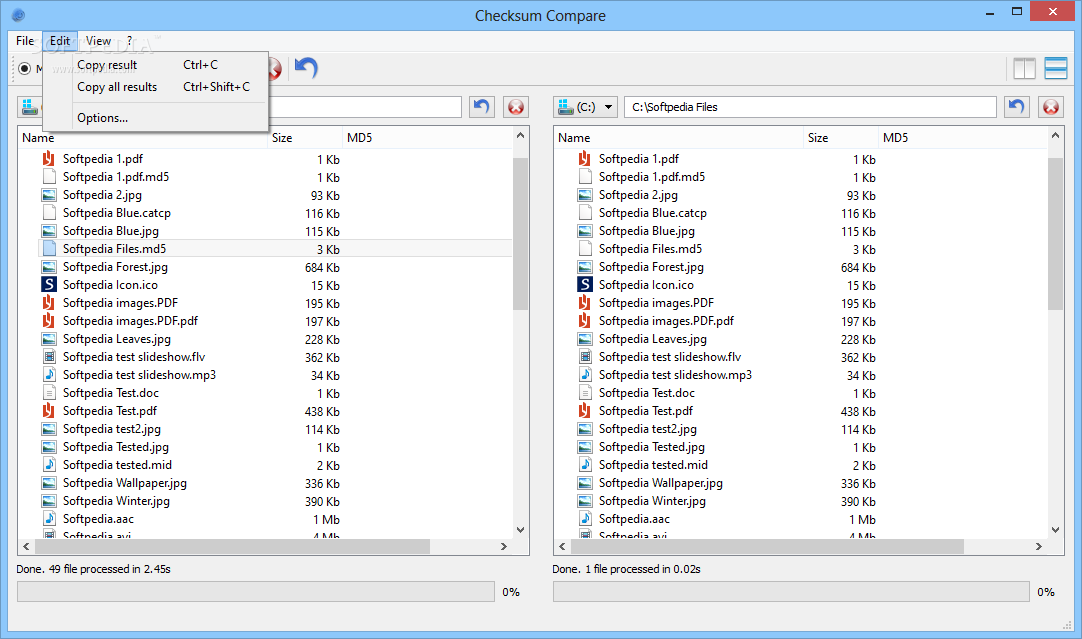

When this option is enabled, packets with a wrong checksum are highlighted in a black background. Mark Validate the TCP checksum if possible). Perhaps my preferred tool is Wireshark, which features an option to check the validity of TCP checksums ( Edit->Preferences->Protocols. The result must be zero if the packet is correct, since the sum of a number and its one’s complement is always zero.įrom a developer’s perspective there are several tools for verifying the correctness of a packet’s checksum. On receiving a packet, the receiver sums all the relevant octets, including the checksum field. Lastly, is worth mentioning that UDP checksum is optional in IPv4, so you might see it set as zero many times. In summary, the pseudo-header exists today for legacy reasons. However NAT, which is essentially a man-in-the-middle, happened thrashing away this original plan. That would avoid man-in-the middle attacks. Back in those days, the original plan for TCP safe communications was to leave source and destination addresses clear but encrypt the rest of the TCP fields. Basically, the original goal of the pseudo-header was to take into account IP addresses as part of the TCP checksum, since they’re relevant fields in an end-to-end communication. You may wonder what’s the purpose of the pseudo-header? David P Reed, often considered the father of UDP, provides a great explanation in this thread: Purpose of pseudo header in TCP checksum.
#8 bit checksum calculator online plus#
However, the TCP header is calculated over the TCP header, the packet’s payload plus an extra header called the pseudo-header.Ī pseudo-header is a 12-byte data structured composed of: The IP header checksum is calculated only over the IP header octets.

band ( csum, 0xffff ) + carry end - One's complement. rshift ( csum, 16 ) if carry = 0 then break end csum = bit. if i = 1 then csum = csum + data end - Add accumulated carry. while i > 1 do local word = r16 ( data + ( size - i )) csum = csum + word i = i - 2 end - Handle odd sizes. cast ( "uint16_t*", data ) end local csum = 0 local i = size - Accumulated sum. Here is an implementation of such algorithm in Lua: local ffi = require ( "ffi" ) local bit = require ( "bit" ) local function checksum_lua ( data, size ) local function r16 ( data ) return ffi. Once the sum is done, set the checksum to the one’s complement of the accumulated sum.In case there’s an overflow while adding, sum the carry-bit to the total sum.Fetch the IP header octets in groups of 16-bit and calculate the accumulated sum.Set the packet’s IP header checksum to zero.For instance, IP header checksum is computed as follows:

In both cases, the checksum value is calculated using the same algorithm. An Internet packet generally includes two checksums: a TCP/UDP checksum and an IP checksum.


 0 kommentar(er)
0 kommentar(er)
